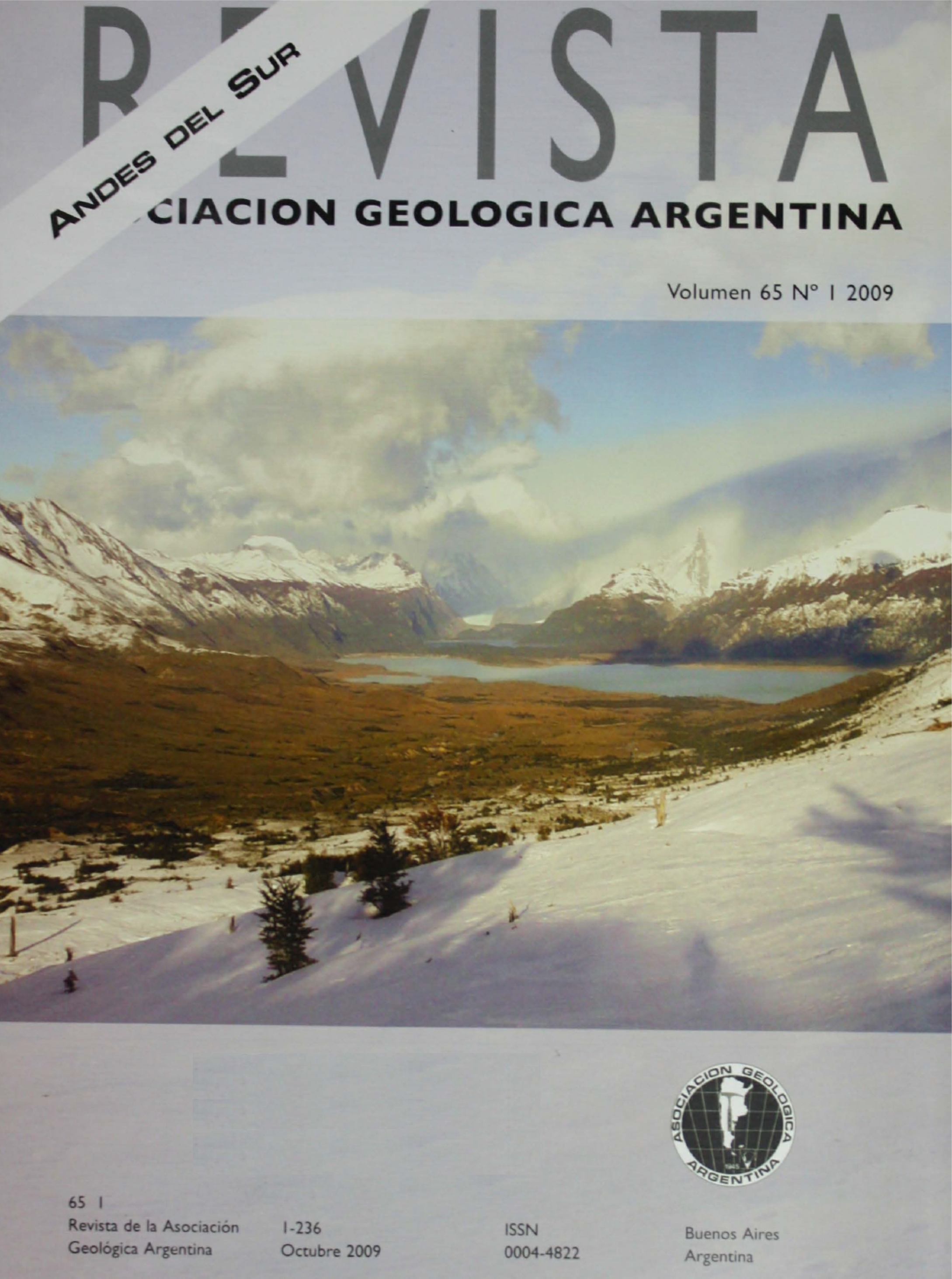Tectonomagmaticevolution of the Bolivian Andes
Main Article Content
Abstract
The Bolivian Andes remained in a retroarc positionalong most of the Phanerozoic. Its evolution can be divided in two majorstages; in the first one, restricted to the early Paleozoic, a voluminoustransfer of sedimentary mass in the upper crust occurred. In the second stage,reciclyng of the crustal mass predominated. In the early Paleozoic, anepicratonic marine basin formed among the Amazonia, Arequipa-Antofalla, and Pampean cratons. This basin changed from aretroarc-type to a foreland-type before it filled in the late Paleozoic. Alongthis interval, three deformation stages came to pass: the areally restrictedOcloyic phase (Ordovician-Silurian boundary), the Eohercinian phase(Devonian-Carboniferous boundary), and the Hercinian phase (Late Carboniferous)which was also areally restricted. In the Mesozoic, brief marine incursionsocurred before a protocordillera began to build in the Eocene. The generaluplift of the central Andes started in the Late Oligocene involving thepresent Altiplano and Eastern Cordillera. Three stages of uplift, separated byregional erosion surfaces of 18 and 10 Ma, can be recognized. The western sideof the Eastern Cordillera, named the Huarina belt, played an important role inthe evolution of the central Andean region. In this belt ocurred most of theretroarc magmatism; also, the major subsidence of the Paleozoic basin wasrestricted to this belt. Along the Mesozoic, rifting processes and lithosphericthinning took place preferentially within the Huarina belt. In the Paleogene,this belt was the first to be uplifted separating the Altiplano basin from therest of the continent, and, in the Late Oligocene, the belt became thebackthrust zone of the orogen. Deformation in the Altiplano and EasternCordillera ended some 10 Ma ago, when the San Juan del Oro surface formed andthe folding in the Subandean region began. The retroarc magmatic activity inthe Huarina belt was almost continuous from Paleozoic to Quaternary. On thecontrary, the volcanic arc arrived to the Bolivian-Chilean border only in theLower Miocene, some 23-22 Ma. The retroarc volcanic activity reached the climaxin the Late Miocene. The chemical characteristics of the magmas and the hugesimultaneous eruptions ocurred in the Huarina belt are suggesting that only onedeep process triggered this voluminous magmatism: lithospheric delamination ofthe the mantle which originated the rising of the asthenosphere up to the baseof the crust driving the melting at different levels.
Article Details

This work is licensed under a Creative Commons Attribution-NonCommercial 4.0 International License.
Nota de copyright
Los autores conservan los derechos de autor y garantizan a la revista el derecho de ser la primera publicación del trabajo licenciado según una licencia de atribución Creative Commons que permite a otros compartir el trabajo con el reconocimiento de la autoría y de la publicación en la que se publicó por primera vez.
Declaración de privacidad
Los nombres y direcciones de correo electrónico introducidos en esta revista se usarán exclusivamente para los fines declarados por esta revista y no estarán disponibles para ningún otro propósito u otra persona.

